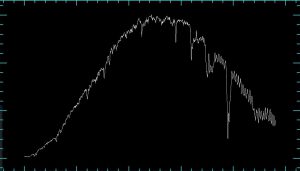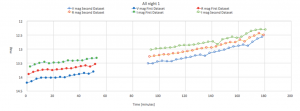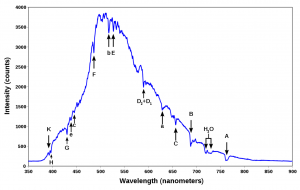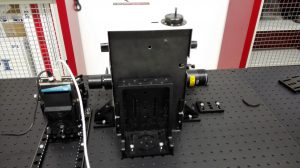The launch of Sputnik-1 in 1957 began the era of space missions, opening up new opportunities for science, telecommunications and military defense. After half a century of space activities, operational satellites are only 10% of the amount of all objects in orbit around the Earth, while the remaining percentage is composed of space junk. Space debris includes old disused satellites, pieces of launchers, fragments, various components of space missions, and even objects lost by astronauts during human missions. The number of debris is unspecified, the latest estimates indicate that there are about 30 thousand objects larger than 10 cm, about 670 thousand objects larger than 1 cm, and ~170 million objects smaller than 1 cm (UN-TRSD 1999, ESA SSA Program).
The space debris occupies circumterrestrial orbits between 300 and 40000 km of altitude and the speed of a detritus is between a few and 10-15 km/s. Due to the increase in population density and relative high orbital speeds at stake, debris represents a real danger for operational satellites already in orbit, new satellites to launch and space missions with human presence. Danger that could be more serious considering the possible re-entry to the Earth of some of the large debris.
The Astronomical Observatory of Abruzzo (OAAb) is involved in the Spatial Debris project thanks to an agreement between the National Institute of Astrophysics (INAF) and Italian Space Agency (ASI). OAAb is the leader of a work group that deals with the optical multi-band study for the characterization of space debris materials. Several satellites in geostationary orbit are well known objects, thus they can be used to study their spectro-photometric characteristics i order to be able to recognize the materials used for their construction.


The technique is to compare the light reflected from the satellites and compare it with that of solar origin (Fig.4). In addition, the identification of the properties of the objects observed will be obtained by comparing the data acquired at the telescope with reflectance measurements carried out at the OAAb Optics Laboratory, by using a monochromator and irradiation with broad spectrum lamps of standard pieces of satellites, such as solar panels, building materials, etc.. Studying and knowing the nature of the debris leads to the definition of their dangerousness and of the techniques for solving the problem.


On March 30th 2017 we took care of Tiangong-1, the Chinese laboratory put in orbit in 2011 at a height of 310 km, of which it had been lost control in 2016 and fell in the Pacific Ocean in April 2017.


